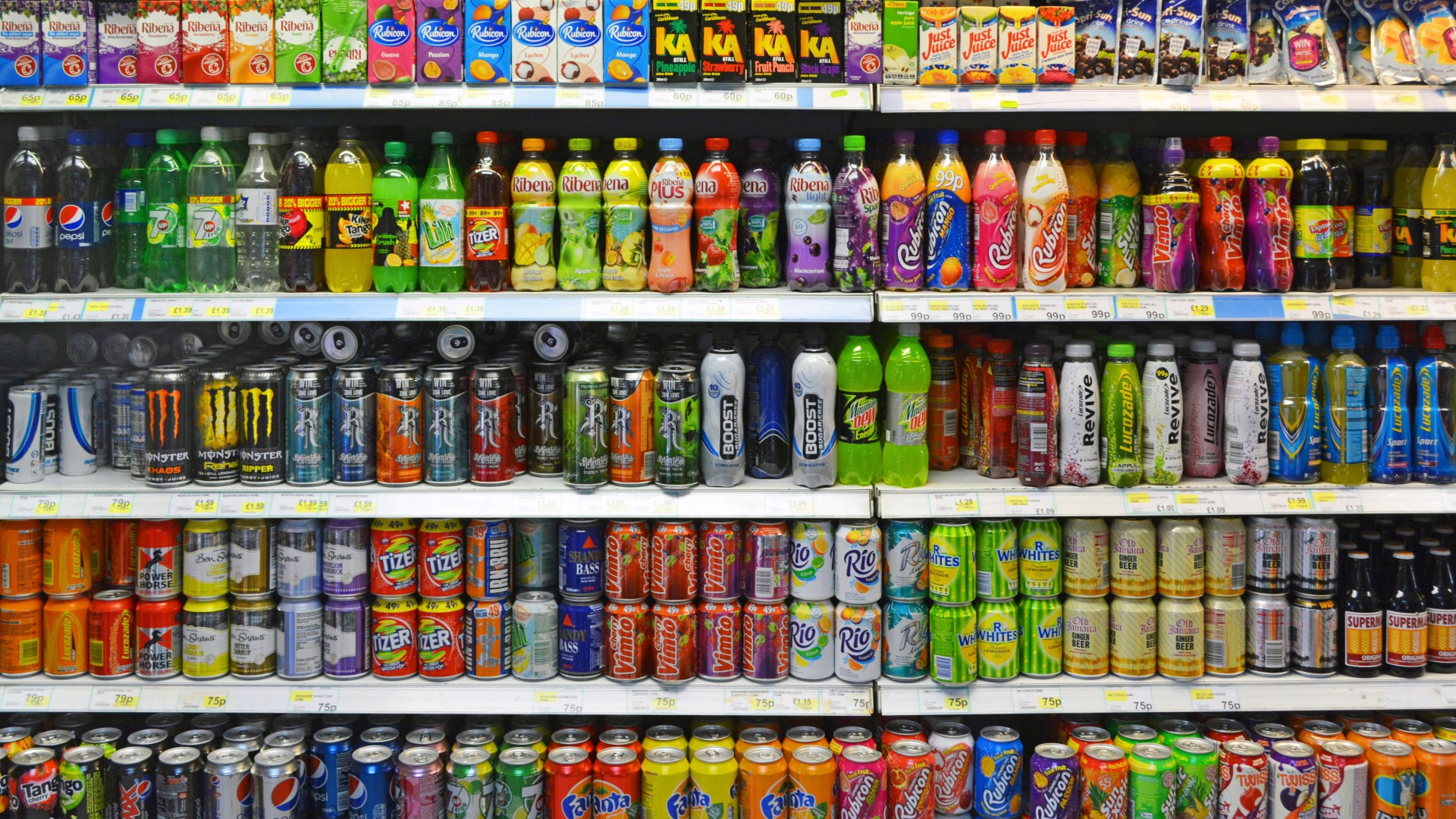Remote work offers an undeniable appeal for new business owners, including benefits like flexibility, access to endless markets, and virtually no overhead.
But as many new entrepreneurs quickly discover, running a remote business comes with its own set of hidden costs. And if you don’t plan for them, they can quickly drain your budget and disrupt your operations.
Let’s take a closer look at the hidden costs of remote work that new business owners tend to miss, and how you can plan for them upfront.
Business formation costs
As a new business owner, one of the first things you need to consider is how to structure your business.
A common choice for remote startups is an LLC (Limited Liability Company) — but forming one (or choosing another business entity) comes with a range of state-specific requirements and costs.
For example, setting up an Illinois LLC involves more than just filing paperwork. While Illinois has one of the largest economies in the world (with a GDP of approximately $3.5 trillion), it also imposes relatively high taxes and fees.
As an aspiring business owner, it’s essential to factor these in before planning your launch date.
Learning about business formation costs and details also helps you fully understand your tax obligations so you can remain compliant with state regulations. This is a foundational step that can save you from unexpected expenses down the line.
Website creation and maintenance fees
A commonly overlooked cost of remote work is the fees involved when creating your own website.
As a new business owner, your website will help you establish an online presence, showcase your products or services, and facilitate customer interactions.
But your expenses don’t stop at domain registration and initial design.
Ongoing costs include website hosting, regular updates, security measures, and SEO optimization.
It’s also important to factor in the costs of hiring professionals for technical support and content creation. Since you’ll depend on your online presence to attract and retain customers, investing in these services is an invaluable routine expense.
SaaS subscription fees
You’ll also need a tech stack to help you run your remote business operations.
But endless SaaS (software-as-a-service) options are available on the market — from communication tools to team collaboration software to time trackers and beyond. This makes it easy to overspend on options you may not need.
That’s why it’s important to be mindful when building your tech stack. Choose tools that make the most sense for your specific business.
For instance, if you are hosting or attending virtual meetings often, investing in AI meeting note-takers could help you record what’s discussed so you’re always on the same page with your clients and employees.
Or, if you are running a remote team, having employee monitoring software can help you understand your employees’ work patterns so you can help them level up where needed.
Our advice?
Outline your core work activities and operational scaling goals — and then find tools that can help you manage them as efficiently as possible.
From there, look to G2 or Capterra for product reviews and ratings. Then, sign up for free trials to see how these SaaS products work in the “real world.” This can help you ensure they’re worth the cost before signing up for a monthly or annual plan.
Cybersecurity fees
You may not have a large office building with equipment to protect, but as a remote entrepreneur, a lot of your sensitive company data will live online.
Plus, if you’re running a team, your remote workers will also access sensitive company data from personal devices in various locations. This setup increases your exposure to cyber threats, data breaches, and system vulnerabilities.
And cybersecurity breaches can be incredibly costly to resolve.
Enter Cloud Security Posture Management (CSPM). CSPM helps secure cloud environments by automatically scanning for security vulnerabilities and misconfigurations.
For startups, this tool is a lifesaver. By catching and fixing security issues before they escalate, you can prevent costly breaches that can result in both financial losses and reputational damage.
Unfortunately, many startups fail to set aside money in the budget for cybersecurity from the start — mistakenly thinking they’ll deal with it later. However, proper cybersecurity measures are essential for any remote business, and neglecting them can lead to bigger and more expensive problems down the line.
Consider these from the get-go so you can start your business with peace of mind.
Home office setup costs
Finally, don’t forget about your home office setup costs.
You’ll need to set aside funds for a comfortable and functional workstation at home (or pay for a setup at a coworking station or private office). The costs for a quality chair, large desk, and computer can quickly add up — and you don’t want to skimp on these and create a setup that’s not comfortable. Or have a laptop that doesn’t give you what you need.
Be sure to also factor in the cost of reliable high-speed internet and any upgrades you might need if you’re in an ultra-remote area.
If you travel often, you may also need to consider paying for portable WiFi so you can work from anywhere worldwide.
Wrap up
While remote work offers many advantages, it also comes with a series of hidden costs that a new business owner may overlook.
The costs can stack up from business formation fees to cybersecurity expenses if you’re not careful.
Planning for these upfront and making strategic investments in the right tools and services is key to creating a more sustainable remote business model.
To get ahead of these hidden costs, list them out, review your initial business budget, and decide if you need to set aside more money beore launching. Be realistic about what you can afford.
*Pro Tip: Set up informational interviews with other entrepreneurs in your target industry. Ask them how much their costs were when they first got started. (And what their monthly, quarterly, and annual expenses look like now.)
And if you find that you need to build up more of a savings first — that’s okay!
It’s better to start your business when you have all of the cash you need to set it up just right.
For more money resources, check out finance-monthly.com.




































































































































You must be logged in to post a comment Login